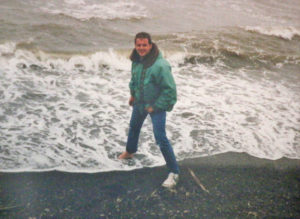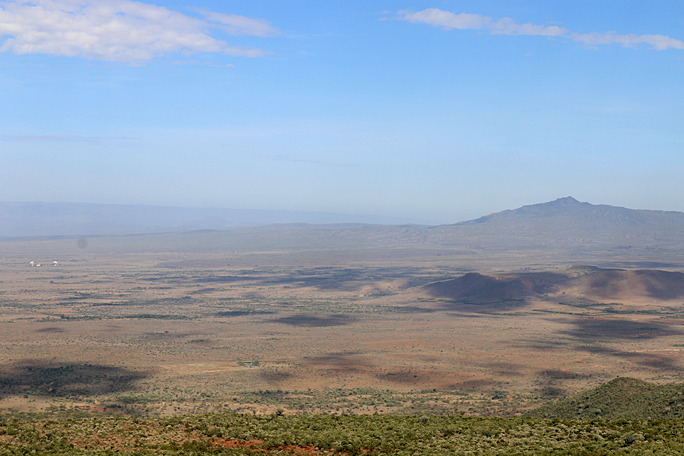An ocean is a very large expanse of sea — or the whole body of salt water — which covers almost three quarters of the Earth — and although the name has been in use for some time, one ocean received a new name which has been accepted by many official organizations and government agencies; while a new ocean may be forming.
A New Name For an Ocean; and a New Ocean Yet to Be Named?
The “newest” named ocean is the Southern Ocean, which was historically known as the Antarctic Ocean and is recognized by the United States Board on Geographic Names as the body of water which extends from the coast of the continent of Antarctica to the line of latitude at 60 degrees South…
…and effective as of World Oceans Day — which was Tuesday, June 8, 2021 — National Geographic recognizes the Southern Ocean as the fifth ocean of the Earth, according to this article written by Sarah Gibbens for National Geographic.
“While there is only one global ocean, the vast body of water that covers 71 percent of the Earth is geographically divided into distinct named regions. The boundaries between these regions have evolved over time for a variety of historical, cultural, geographical, and scientific reasons”, according to this article from the National Ocean Service of the National Oceanic and Atmospheric Administration of the Department of Commerce of the United States. “Historically, there are four named oceans: the Atlantic, Pacific, Indian, and Arctic. However, most countries — including the United States — now recognize the Southern (Antarctic) as the fifth ocean. The Pacific, Atlantic, and Indian are the most commonly known.”
The boundaries of the Southern Ocean were proposed in 2000 to the International Hydrographic Organization — which celebrates its 100th year this year — but those proposed boundaries have yet to be ratified by its members because not all countries agree on them. The United States is a member of the International Hydrographic Organization as represented by the Office of Coast Survey of the National Ocean Service of the National Oceanic and Atmospheric Administration of the Department of Commerce of the United States.

Meanwhile, the Great Rift Valley in Africa and an active volcano in Ethiopia named Erta Ale may be key parts of what is believed to be a “splitting” of the continent. “In a recent study, the Victoria microplate, which lies between the eastern and western branches of the Rift, was found to be rotating counterclockwise for the last two years with respect to the African Plate—the major tectonic plate constituting most of the African continent. This microplate was found to rotate in the opposite direction to all the other neighboring microplates in the region”, according to this article written by Uwagbale Edward-Ekpu for Quartz Africa. “While this gives researchers new insight into the splitting process of the East Africa Rift system, the ‘Y’ shaped end of the rift at the Afar region is getting more attention, as to where an ocean will likely be formed if the splits continue. The ‘Y’ shaped junction is where the African, Somalian, and Arabian tectonic plates meet near Djibouti and Eritrea and it is associated with active volcanos including the Erta Ale volcano.”

If a new ocean is indeed forming, do not book travel plans to visit it, as millions of years could elapse before it occurs.
“The entire Afar region in eastern Africa finds itself in the middle of changes that could split the continent, forming a new ocean basin. The magmatism at Erta Ale might be offering signs of this switch by mimicking the characteristics of a mid-ocean ridge”, according to this article written by Erik Klemetti for Eos, which is a publication of the American Geophysical Union. “The future of tectonics in the Afar region is unclear. It is far from agreed upon when, if ever, the region will become an oceanic spreading center or whether an ocean basin will form between the Somali and Nubian plates and how spreading in the Red Sea and the Gulf of Aden will progress.”

Summary
I frankly cannot fathom as to why the aforementioned particular existing body of water is called the Southern Ocean and not the Antarctic Ocean, as one of the existing oceans is the Arctic Ocean — in which I dipped my bare foot while I was in what used to be known as Barrow in Alaska…
…and as for the possible new ocean forming in Africa, I can see that happening after viewing the Great Rift Valley while I was in Kenya several years ago…
All photographs ©2015 and ©2018 by Brian Cohen.

